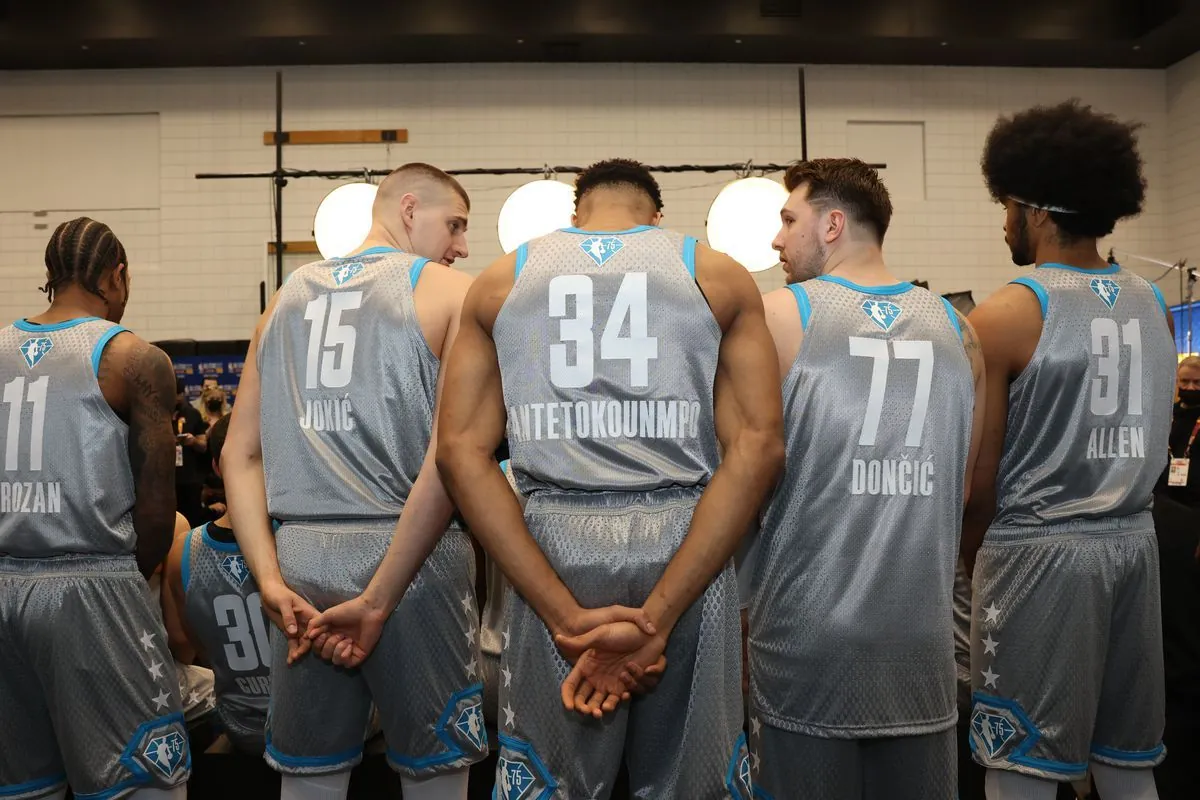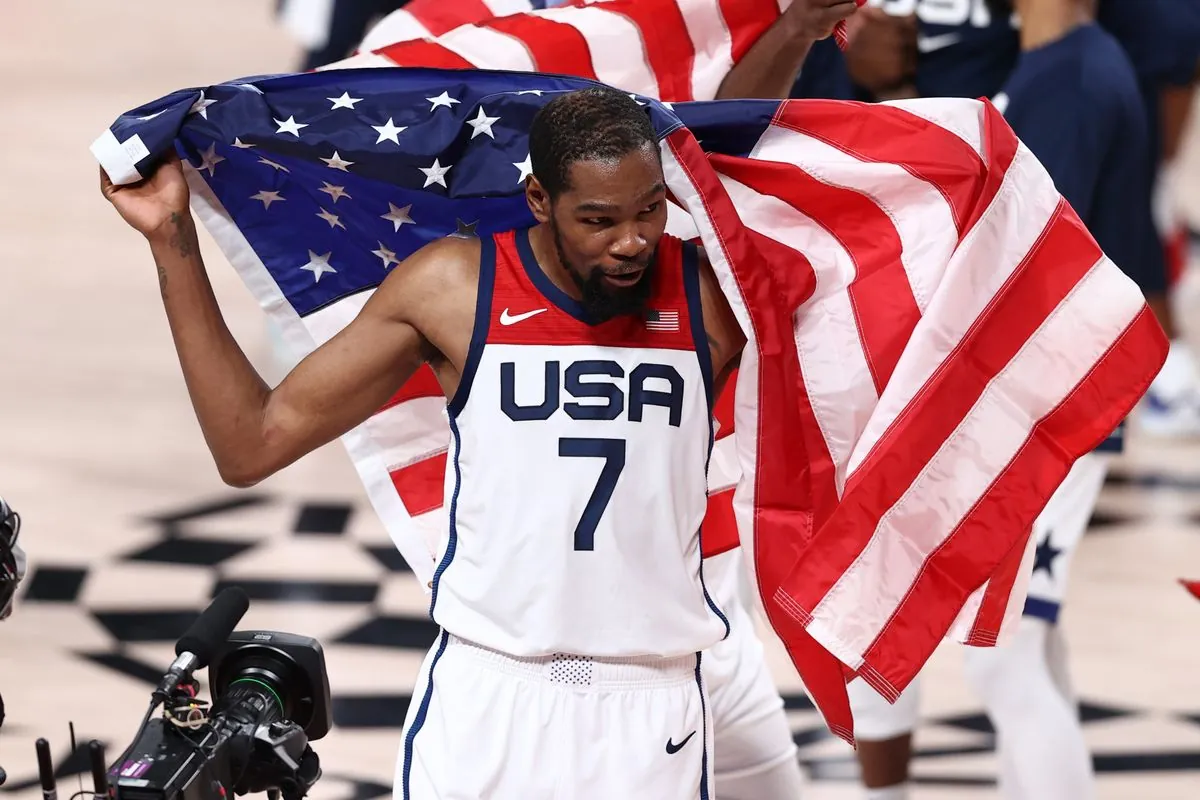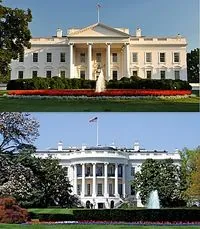Global Talent Reshapes NBA: The Rise of International Basketball Stars
The NBA's landscape has dramatically shifted over the past three decades, with international players bringing new skills and styles to the court. This transformation has reshaped the game and global basketball competition.

In the summer of 2015, the New York Knicks made a decision that would exemplify the changing face of the NBA. With the fourth pick in the draft, they selected Kristaps Porzingis, a 7-foot-2-inch center from Latvia. This choice, met with initial skepticism, would prove to be a harbinger of the league's evolving global landscape.
The selection of Porzingis was not immediately embraced. ESPN commentator Stephen A. Smith criticized the decision, claiming Knicks fans had been "hoodwinked, bamboozled, led astray, run amok, and flat-out deceived" by management. Some fans even mocked Porzingis's name and country of origin, displaying a lack of familiarity with international talent.
"Who the fuck is Tingus Pingus? I never heard of fucking Lativia."
However, Porzingis quickly silenced his critics. In his rookie season, he averaged over 14 points per game, significantly higher than the historical average of 9 points for NBA centers. By the time he was traded to the Dallas Mavericks in January 2019, Porzingis was averaging 22 points per game and shooting nearly 40% from three-point range. His success culminated in an NBA championship with the Boston Celtics in June 2024, just two months ago.
Porzingis's journey from relative obscurity to NBA stardom is emblematic of a broader trend in basketball over the past three decades. The dominance of American players has gradually receded, making room for international talent to shine on the global stage.

The 1992 Olympic "Dream Team," featuring Michael Jordan and other NBA superstars, marked a turning point in basketball's global landscape. While the team dominated the competition, it also inspired a generation of international players. As Kirk Goldsberry notes in his book "Hoop Atlas," this event signaled the beginning of a shift in basketball's balance of power away from the United States.
The influx of international players has brought new skills and playing styles to the NBA. European players, in particular, have influenced the game with their emphasis on perimeter play, teamwork, and techniques like the Eurostep. This evolution is evident in the success of players like Germany's Dirk Nowitzki, Greece's Giannis Antetokounmpo, and Slovenia's Luka Doncic.
The NBA's global reach expanded significantly in 2002 when the Houston Rockets drafted Yao Ming, a 7-foot-6-inch center from China. Ming's impact extended beyond his on-court performance, as he helped popularize basketball in China and opened new markets for the NBA.
Today, international players make up about a fifth of the NBA, a fivefold increase from the pre-Dream Team era. This diversity has enriched the league, bringing a variety of playing styles and cultural influences to the sport.
While the United States remains a basketball powerhouse, international competition has become increasingly fierce. In the recent Paris Olympics, Team USA faced tough challenges from countries like Serbia and France, highlighting the global growth of basketball talent.
As basketball continues to evolve on the international stage, the sport has become more competitive and exciting for fans worldwide. The rise of global talent has not diminished the United States' standing but has elevated the overall quality of play, creating a more dynamic and diverse basketball landscape.


































